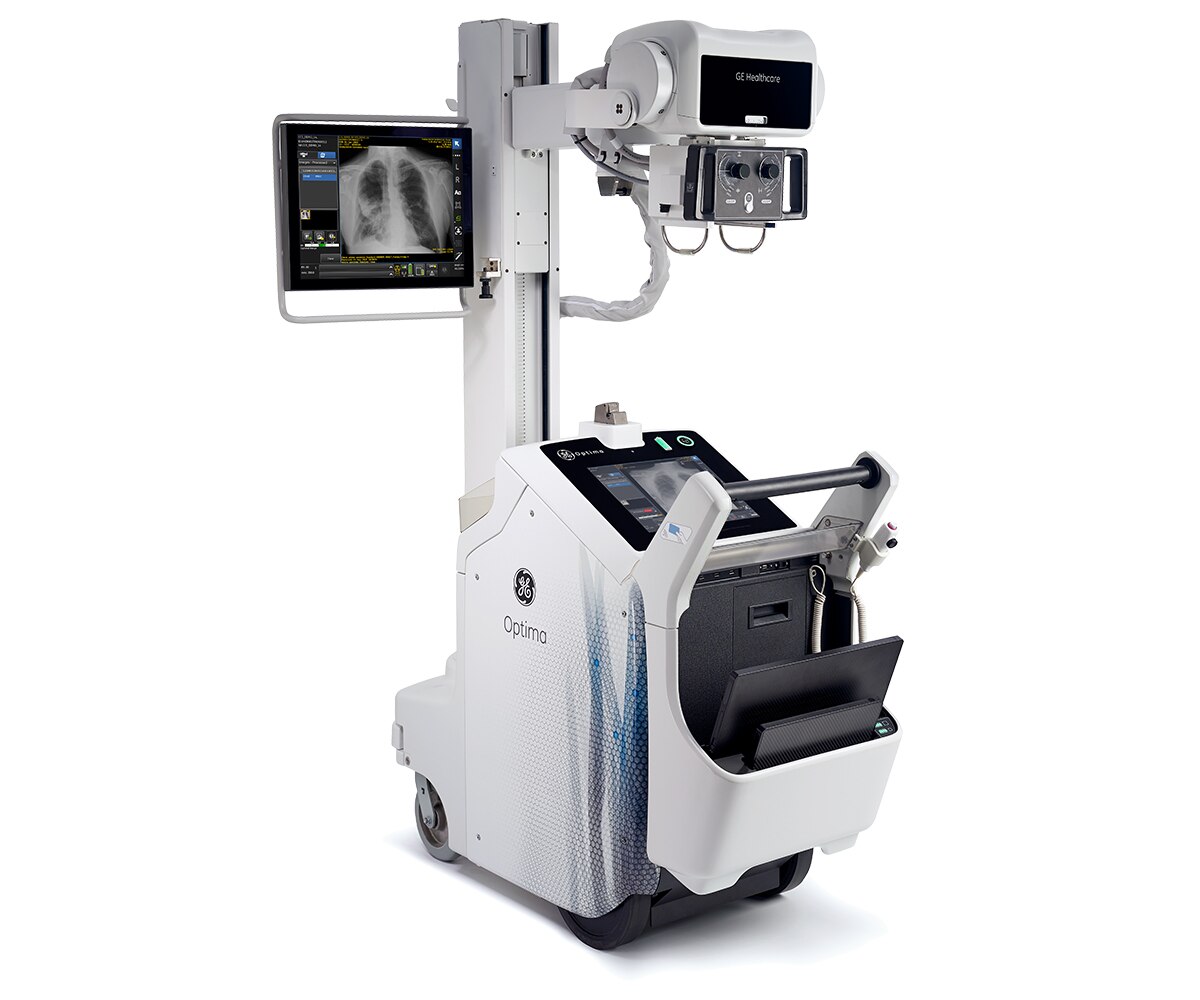Benefits
We designed our digital mobile X-ray system, AMX 240, with these complex care areas in mind. Its high-resolution 100 micron digital detectors, FlashPad™ HD, enable you to see fine details with exceptional contrast.
Technology that adapts to the environment you need it in
AMX 240 includes two different detector sizes. They are thin, light and can be used with your surgical table to quickly get the image you need. In most cases, you can slide the 14-inch by 17-inch detector directly in the surgical table or position with accessory positioners. Its unique, adaptive, wireless technology enables automatic channel switching to improve image transfer and avoid wireless interference with other surgical equipment on the hospital network.
Listen to your peers
AMX 240 - Elevating the way you work with quick workflow solutions

AutoGrid
Equivalent image contrast to a physical gridCritical Care Suite
Embedded Artificial Intelligence for triaging a critical finding.HIS RIS Link
On the go exam close outQuickCharge
Dual detector in-bin chargingQuickConnect
Adaptive wireless connectivityQuickEnhance
1-touch custom image reprocessing for line placement and moreQuickShare
Hassle free sharing and paring of multiple wireless detectorsSecondary Monitor
Flexible positioning and viewing in critical care areasRFID Badge Access
Easy swipe RFID badge log-in and log-off capability
Get the diagnostic clarity you need from that first X-ray
Up to 40% improvement in detectability of fine structures²
Extraordinary anatomical detail at low dose in every X-ray image
Consistent brightness and contrast
Quadruple your resolution
Exceptional dose-efficiency for your tiniest patients (and the large ones too)
Excellent handling of metal implants
AMX 240 Image Gallery
Data isn’t just about looking backwards. It helps you plan the future.
Ready when you are
You may also be interested in
2. Source: GE Healthcare whitepaper: High resolution for improved visualization. November 2017 Baker et al., 2013 ; Rosso et al., 2002; Kumar et al., 2003 ; Roll et al., 2012
